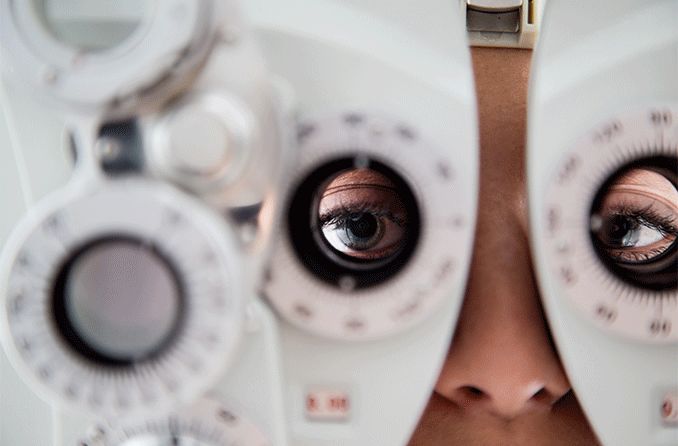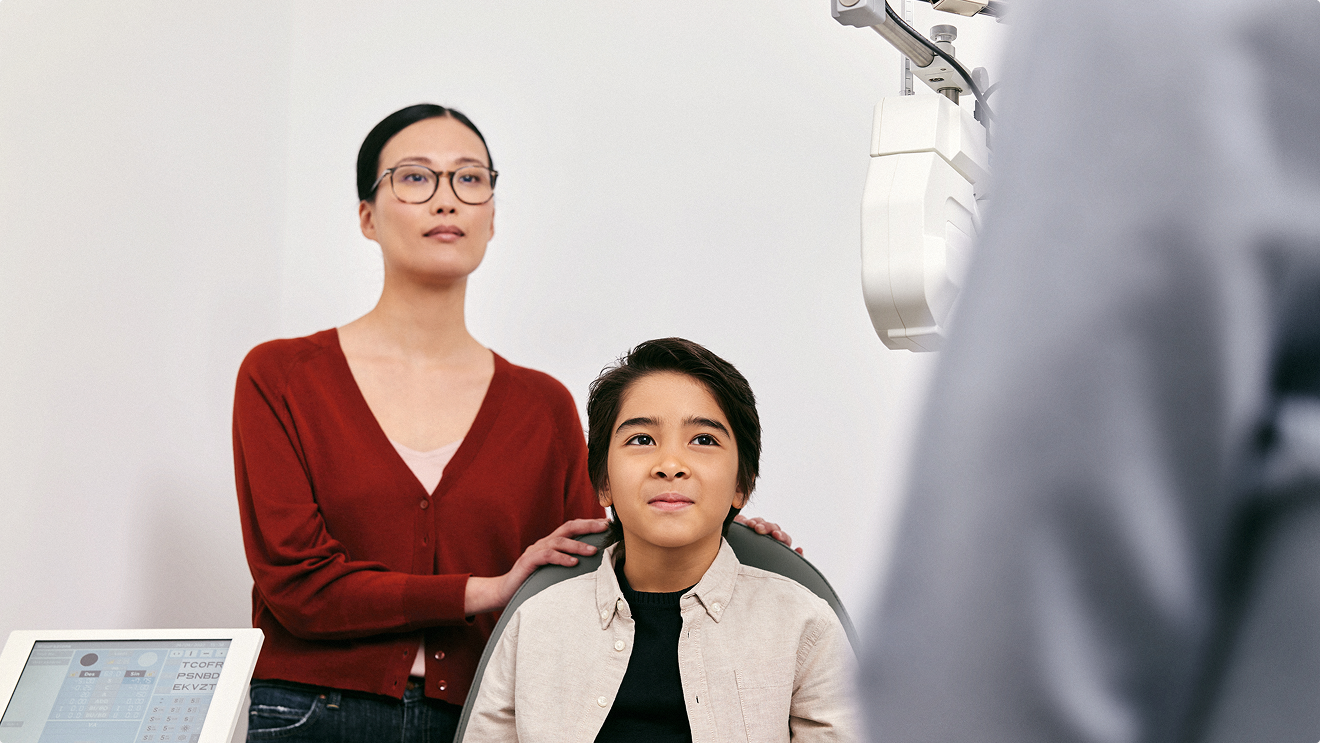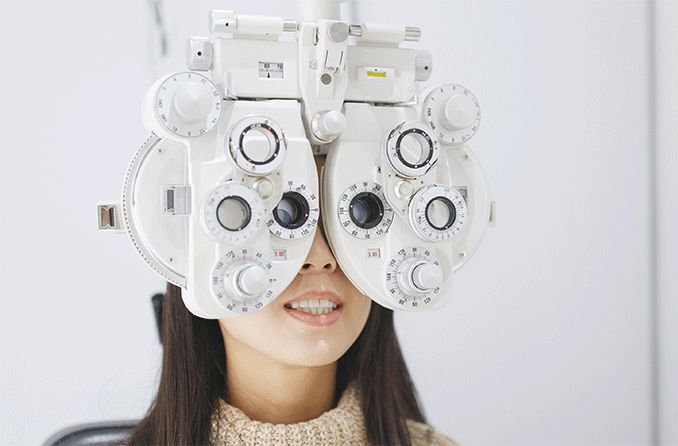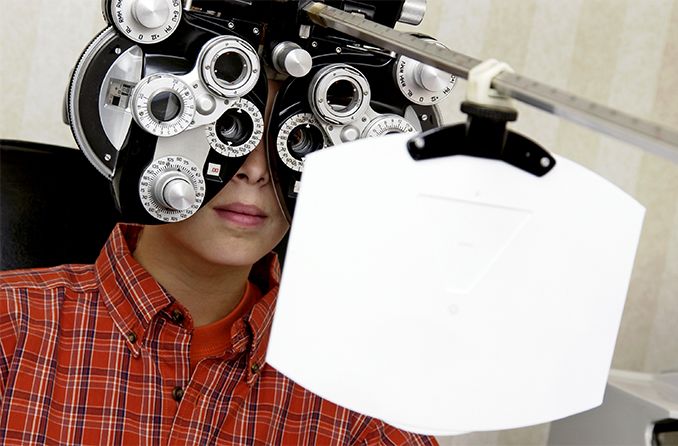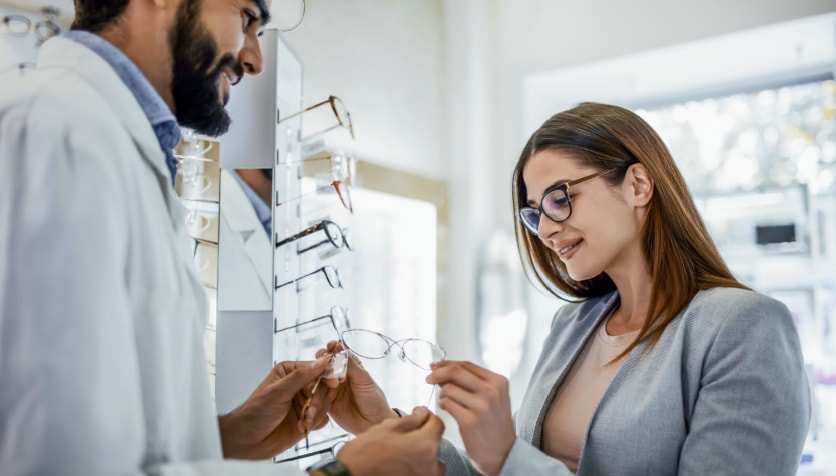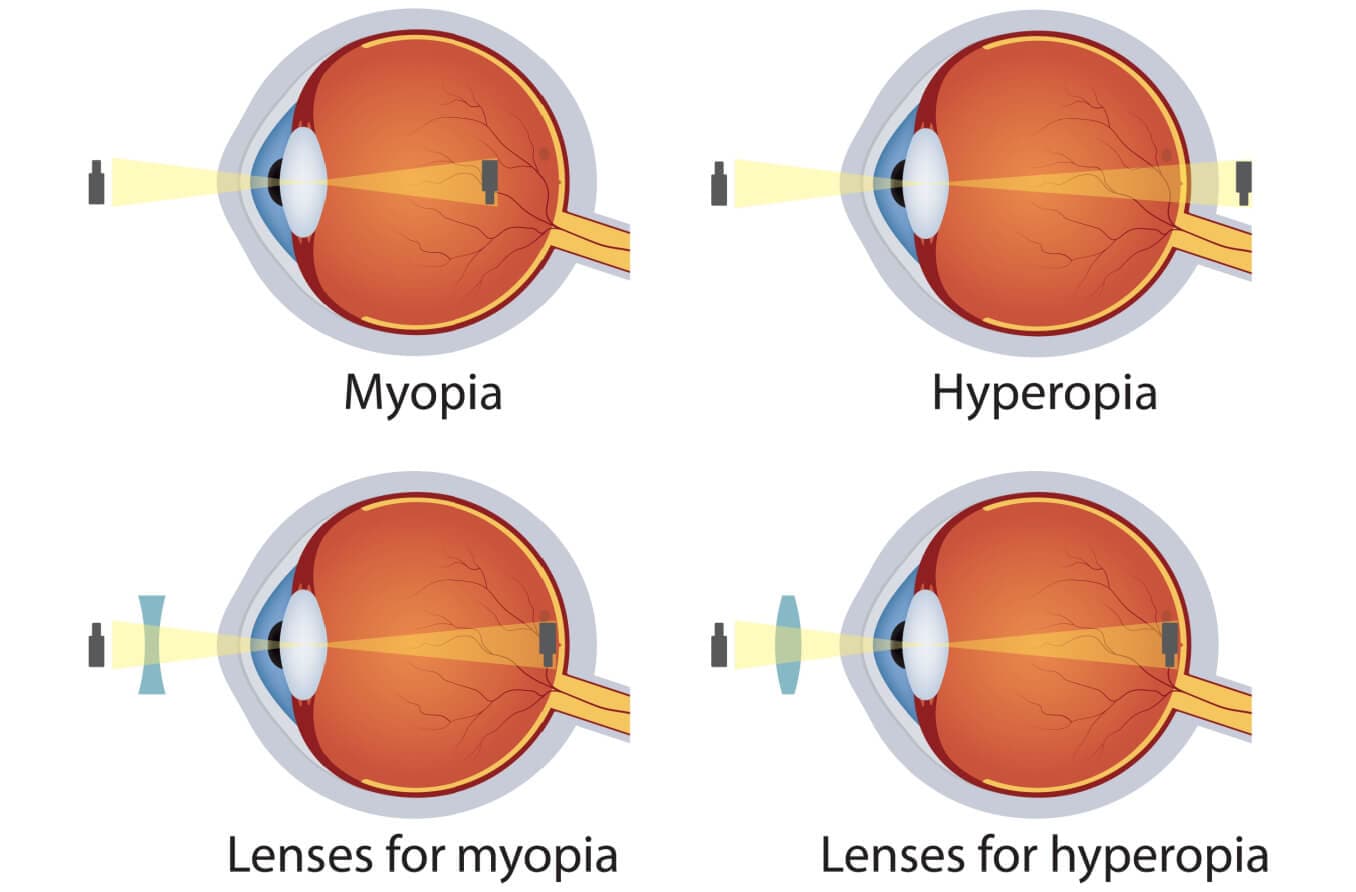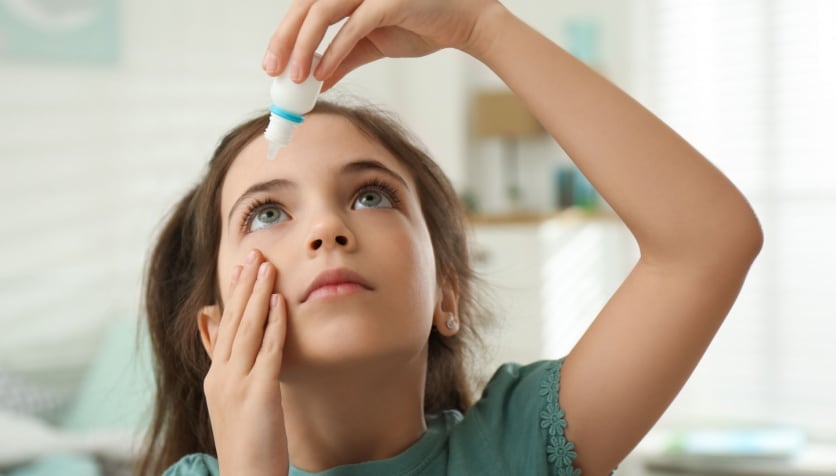What is progressive myopia?
Progressive myopia is nearsightedness that worsens year after year in childhood. If myopia progresses enough, it can become high myopia. This is when someone requires a correction of -5.00 to -6.00 diopters (D) or more. High myopia increases a child’s risk of developing several sight-threatening complications in adulthood.
Myopia progression usually occurs during childhood and adolescence. However, it can also continue into early adulthood.
Nearsightedness is often caused by the eyeballs growing too long from front to back, a measure known as axial length. In some people, this growth continues, so the myopia continues to get worse.
It isn’t fully understood why only some nearsighted children develop progressive myopia. But myopia is influenced by both hereditary and environmental factors. Growing evidence points to clear links between myopia development, time spent outdoors and near-work activities.
LEARN MORE: Is myopia genetic?
Spending too little time outdoors can increase children’s risk for myopia. Spending too much time on near work, such as extended periods using digital devices, can also be a factor.
Vision experts recommend these simple steps to help reduce children’s risk for myopia onset or progression:
- Ensure children spend an average of two hours per day outdoors in sunlight.
- Encourage children to take frequent breaks during extended near work, such as standing up and looking out a window every 20 minutes.
- Limit children’s digital screen use outside of schoolwork.
- Remind children not to hold their books and digital devices too close to their eyes.
Progressive myopia is a growing problem. High myopia, which can result from progressive myopia, is expected to affect nearly 1 billion people worldwide by 2050. In countries like China, nearly 10% of teenagers between 15 and 19 years old have high myopia.
SEE RELATED: Is your child at risk for myopia?
Potential complications
Children with progressive myopia that develops into high myopia have a much higher risk of developing certain eye conditions in adulthood.
These eye conditions result from the eye growing too long. Over time, this growth can stretch and weaken the retina and other tissues in the eye.
The more myopia progresses, the more stretched and thin these tissues become. This is how progressive myopia can lead to serious complications.
Having any amount of myopia can increase the risk for these eye conditions. But the risk goes up exponentially as the amount of myopia increases. Those with high myopia have:
- 845.08 times the risk for myopic macular degeneration
- 12.62 times the risk for retinal detachment
- 4.55 times the risk for posterior subcapsular cataracts
- 2.86 times the risk for nuclear cataracts
In addition, it increases the risk of abnormal blood vessel growth under the retina (called neovascularization). If these conditions develop, they can lead to permanent vision loss or blindness. People with progressive myopia should have frequent comprehensive eye exams to monitor for signs of these complications.
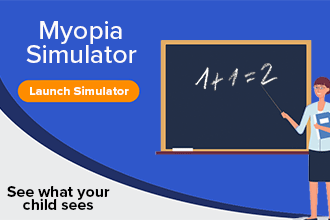
Myopia control
Myopia control involves strategies that can help slow the progression of nearsightedness and elongation of the eyeball. Management options include:
- Myopia control glasses
- Myopia control contact lenses
- Orthokeratology (ortho-k)
- Atropine eye drops
Spending more time outdoors and taking frequent vision breaks are important lifestyle modifications for children. At least one study has found that spending more time outdoors may help reduce a child’s risk of developing nearsightedness and slow progression if it has already started.
If you think your child’s nearsightedness is getting worse, schedule an eye exam with an eye doctor. They can talk to you about myopia control options available in your area.

